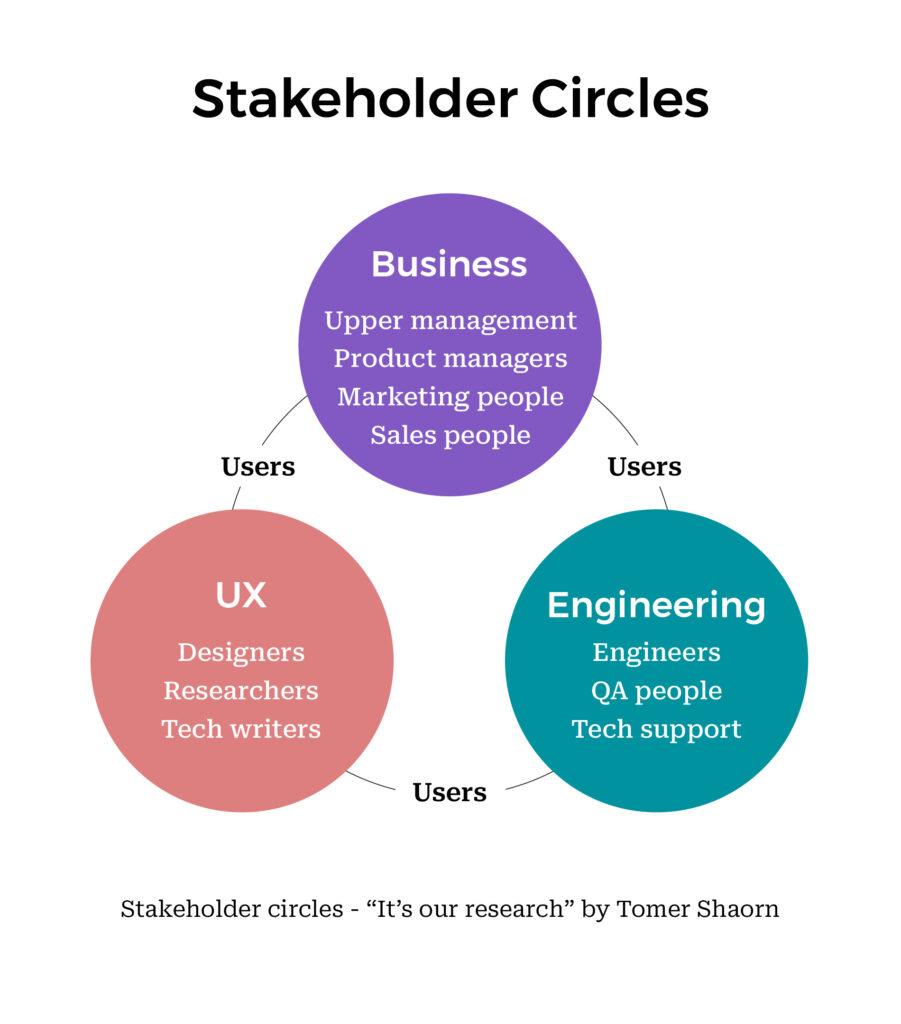Spooky delays. Blood-chilling loopholes. Lethargic processes rise from the grave. When it comes to UX, the stakes are very high, and there is plenty of room for blunders, enough to give enterprise companies quite a scare.
Bad UX is all around you…
If you spend enough time researching what bad UX costs, you’ll see it all before long. Terrible interfaces that send users shrieking and screaming. Spooky functionalities that boggle the mind and shake the spirit. Eerie experiences that send the faint of heart packing, abandoning their plans!
Let’s talk about how companies fall prey to costly (and avoidable) UX pitfalls. I’ll tell you about some of the most frightening UX horrors and how to move past them.
Gather around and turn off the lights; it’s time for some UX horror stories that will scare you silly!
5 Monsters That Keep UX Stakeholders Awake At Night
The Satan-gular: UX Debt

UX debt is a tricky word. Many businesses underestimate its value and relevance. But underneath the ignorance lies problems that users struggle with on an everyday basis.
What is UX Debt?
UX debt grows from a particular company not putting as much effort into a subject that requires their attention. There could be multiple reasons for this; time, resources, priorities, etc. The reasons do not matter as much as the outcomes.
It ends up looking like old corners that nobody wants to touch anymore. The “legacy” starts feeling like a cannonball you drag behind throughout the way. And if you wait too long, it will be a mess and need more effort because many things depend on it. It can and will kill your business slowly.
UX Debt 101 ???? https://t.co/Je8SSwR8Nc #design #UX #UXdesign #UIdesign #uxdebt pic.twitter.com/tttjYx0MrH
— Adham Dannaway (@AdhamDannaway) February 20, 2020
How Do You Spot Ux Debt And What To Do With It?
Pick your battles.
Start with research, or you’ll lose a lot of energy just thinking about where to start. When it is unclear what situation your users are stuck in, you audit and assess it. See where your user’s experience breaks and what the frustration points that hamper their experience on an everyday basis. Once you’re done finding why your product is under UX debt, fix a goal and establish what needs to change.
For example, if your product belongs to the healthcare industry, find out the causes of low patient engagement. Frame strategies that will help you up your patient engagement metrics. Next, find out what optimal realistic point you’ll need to reach that goal. Think about both, long-term and short-term strategies.
Beelzebub: Transitioning From Legacy To Modern Systems

Many companies and their tech solutions (employee-facing systems, enterprise systems, dashboards, etc.) are not able to keep up with the pace of employee expectations. This has become a daunting issue as it adds to user frustration and efficiency gaps among team members.
Did you know?
Nine in 10 employees feel frustrated with their workplace technology. Top complaints include slow speeds (51%), lack of collaboration between departments (30%), missing important features/capabilities (28%), and lack of automation (25%).
Freshworks Survey
The problem here is that many legacy systems existed long before UX or user design was popular. Sometimes even the users are reluctant to change. They may be hesitant to give these legacy systems up because they have been using them for so long. In such a scenario, redesigning these legacy systems remains the only solution.
How To Deal With It?
Sometimes, revamping legacy technology remains the only option. Again, user research would make a huge impact here. Ask your users and learn what they like and dislike about the old system. List down the popular features that your users would like to have. Develop goodwill and improve user experience by clearing up the muddled mess.
Qualitative and quantitative research are essential components of data-driven decision-making in UX design. Qualitative research involves gathering insights from user feedback, surveys, and interviews to gain a deep understanding of user needs, motivations, and pain points. It helps UX designers to identify user goals and develop solutions that meet their needs.
Quantitative research, on the other hand, involves the collection and analysis of numerical data to identify patterns and trends in user behavior. This helps UX designers to make data-driven decisions about design changes and improvements.
By combining qualitative and quantitative research, UX designers can gain a comprehensive understanding of user needs and behavior, and use this information to create more effective and efficient designs. It also helps them to avoid making assumptions about what users want, and instead base their decisions on real data and user feedback.
You can also take help from subject matter experts who can contribute to a better understanding of UX from multiple perspectives. You can also consult experienced UX design agencies.
The Witch in the Hood: Lack of Research-backed Designs

“Broken gets fixed. Shoddy lasts forever.”
Let’s face it. UX without user research is not UX. Without UX research, you risk creating functionalities that fail. Practicing UX does not mean building a UX department and giving titles. To achieve a superior user experience, you need to consider the user’s needs.
There are two main reasons to ensure user-centricity.
- 1. You don’t want to upset the people you’re creating or redesigning the system for.
- 2. Users connect all the aspects of the stakeholder circles.

How to Overcome This?
Keep your users at the center of your design efforts. All your teams are collaboratively responsible for looking out for the user. Ensure that you take users’ needs into account at every step of the product life cycle.
“A survey by the Nielsen Norman Group found that companies that conduct user research are more likely to have products that meet user needs and expectations. Specifically, they found that companies that conducted user research had products that were rated 124% more usable than those that didn’t.”
An orchestrated approach across multiple disciplines and stakeholders can create effective UX for the company to thrive. Let your user-centered designs complement (or even drive) your business objectives.
Lucifer Of UX: Collaboration

Collaboration in any enterprise organization is difficult, given its multifunctional nature. Less collaboration means poor communication, which subsequently leads to a collapse of the UX design process. Besides, long organizational silos make collaboration difficult and are a common reason why teams collapse.
Building user-centric design relies on multidisciplinary teams. Surveys state that collaborative work results in five times better performance. Your teams need to get on the same page and at the same level by having interactions with product managers, developers, engineers, designers, and marketers.
The Designer-Developer Conundrum
Both development and design teams are occupied with unique complex roles. However, their collaboration is of utmost importance for organizations to grow. The knowledge gap and priorities between both teams can often lead to misunderstanding and create communication barriers.
How To Deal With It?
It is where the managers, product owners, and their organizational skills come into the picture. Leaders must ensure they build inter-organizational trust by being open to the thoughts and opinions of everyone involved. Besides this, you could strive to inculcate design thinking in company values so that everybody’s priorities can be in one place.
The Invisible Ghost: Implementation At The Expense Of Usability

“Don’t design anything that will take time to implement.”
Many designers hear this while creating wireframes for a particular project. It is often rooted in the idea that development time is a critical resource to be conserved. Many times development teams start coding in advance before even the wireframes are ready.
How To Deal With This?
I like to call this approach “implementation time-centric.” Let me tell you; it will not win you any UX fans. Even on a fixed time or fixed project, UX practitioners will not and should not have to cede to this point because it is antithetical to their purpose of existence. Delivering easy designs filled with lousy experiences and practices is like shipping code without error handling — It is possible to do it, but you just don’t do it.
Final Thoughts
Enterprise UX is generally pretty bad. Even minor improvements in UX can make a massive difference. Especially for tasks that users require to do 10 to 20 times per day. If you can make your user’s day even a little easier, they will love you.
Users think IT forces lousy software on them to make their lives difficult. And IT thinks that users don’t bother learning powerful tools and are reluctant to adopt the technologies they make. That’s why it is crucial to build new apps or revamp existing ones centered around the end user’s experiences. Fostering collaboration and elevating experiences based on users’ needs will make a huge difference in users’ morale and efficiency.
It is too late to go back now.
If you feel the walls closing in, contact our experts today. We’re here to listen to your stories and protect you from what comes next.
Do share your insights in the comments!










